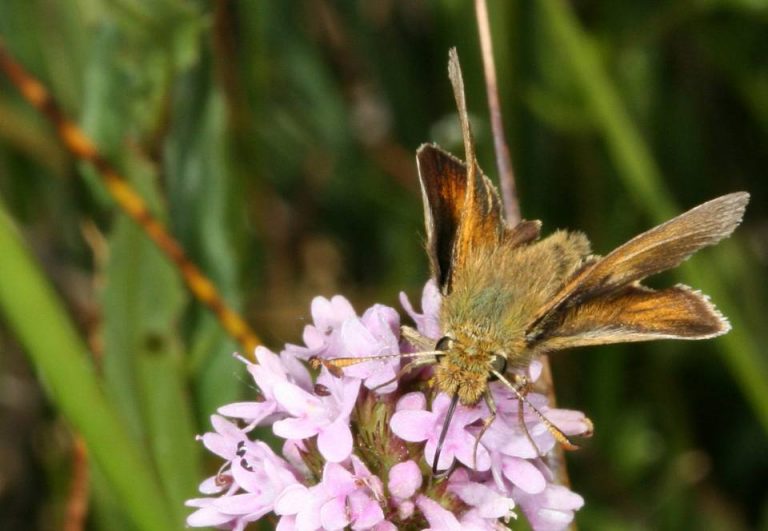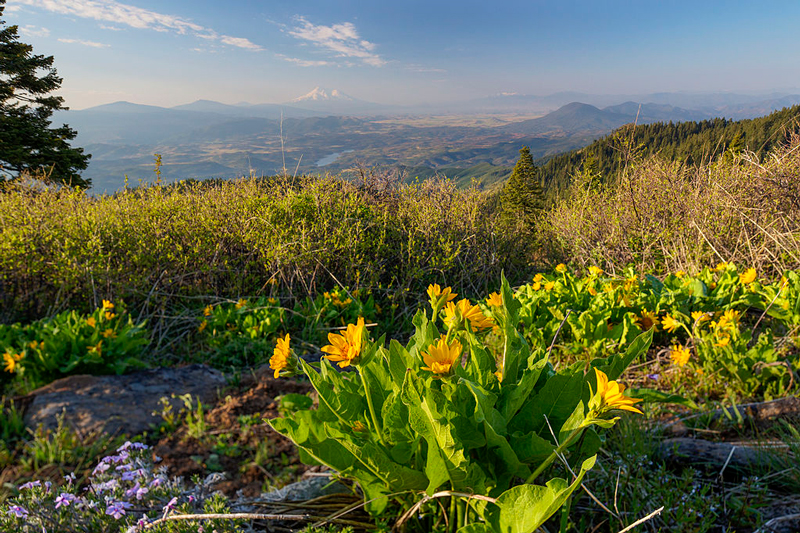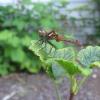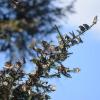I first visited the Cascade-Siskiyou National Monument in 2002 when I was searching for new sites of the Mardon skipper butterfly. This rare butterfly had populations in and around the monument, and the Xerces Society was working to confirm that all known populations were still there and to search for any additional populations in the area.
The first thing I remember when we drove into the monument was the mix of habitats. From oak woodland and shrub steppe to high elevation meadows surrounded by old growth ponderosa pine.
Indeed, this habitat diversity was one of the reasons the monument was designated. The Cascade-Siskiyou National Monument, originally established as 52,947 acres in June 2000, is unique among the BLM’s National Conservation Lands in that it was designated specifically to preserve an area of “remarkable biological diversity.” Sitting at the crossroads of four distinct ecoregions—Cascade, Klamath, Siskiyou, and Great Basin—and encompassing a wide range of topography, climate and geology, the greater Cascade-Siskiyou landscape is recognized as one of the most biologically diverse places in North America. The original monument proclamation describes it as an “ecological wonder” that is “home to a spectacular variety of rare and beautiful species of plants and animals, whose survival in this region depends upon its continued ecological integrity”.
The monument supports over 130 species of butterflies, representatives of the four ecoregions that converge in this area. This remarkable butterfly diversity was highlighted in President Clinton’s declaration when he set aside the land as a national monument in 1999. The monument is also a significant center of freshwater snail diversity.

Several years ago scientists convened to look at the monument boundaries from an ecological perspective to determine if expanding the monument would provide for the long-term stewardship of the ecosystems and animals in this unique area. I was asked to provide input into this process.
Scientific evidence indicated that the original boundaries were too small to ensure persistence of the many biological “Objects of Scientific Interest” that the monument was originally established to protect. Many rare plant and animal populations remained outside existing boundaries, and were vulnerable especially under future climate change. Expansion would also provide for recreation opportunities for a growing population in the area.
In December of 2016, the Cascade-Siskiyou National Monument, was expanded by President Obama. Although it was not expanded as much as the science committee proposed, it was still a very positive step forward.
Fast forward to the summer of 2017 and this monument is now one of several recently created or expanded national monuments under review by the Department of the Interior to determine if they should be reduced or eliminated.

Over 200 scientists have declared their opposition to shrinking or eliminating the monument. These scientists believe that “reducing the boundaries or diminishing any aspect of the expansion would greatly reduce the likelihood of achieving the conservation goals for which the Monument was originally established.” These scientists concluded by urging the federal government to “maintain the current Cascade-Siskiyou National Monument…for the benefit of present and future generations”.
Many people in the Ashland area and across the state and region have done the heavy lifting to make the Cascade-Siskiyou National Monument and its expansion a reality and are now working to protect its integrity. The Xerces Society will continue to do its part as well.
Xerces is committed to protecting the life that sustains us. To do that we must protect the last best places. On a personal note I also hope to be able to take my kids to enjoy this spectacular landscape and its full contingent of plants and animals.



